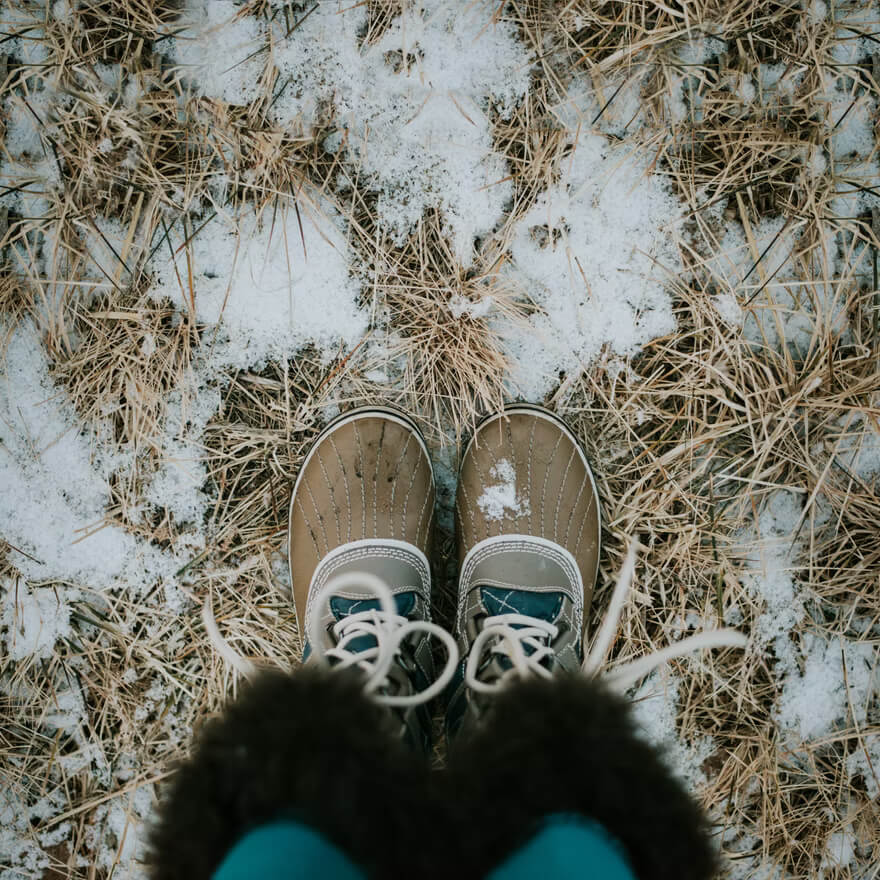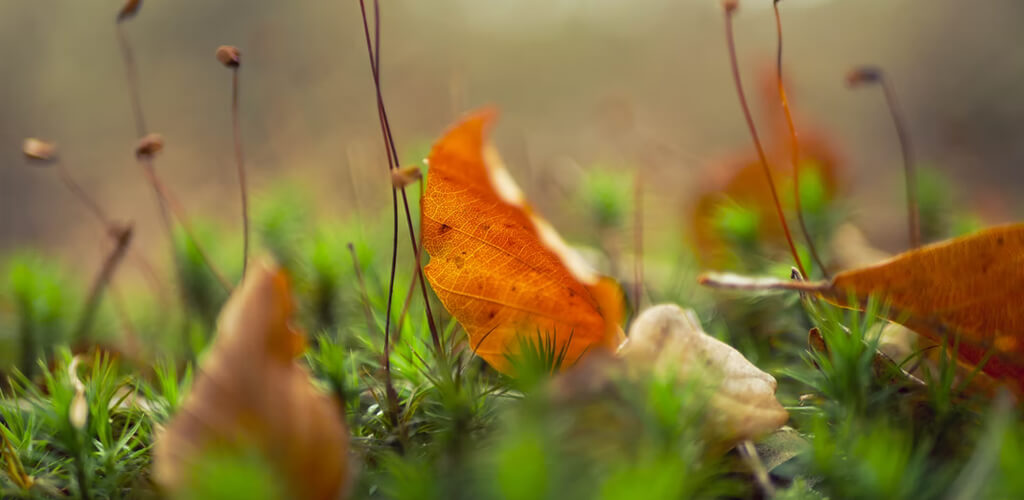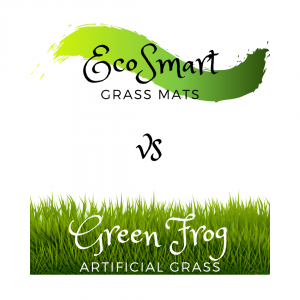With the nights drawing in and the weather getting colder, it’s no secret that we need to start wrapping up, defrosting the car in the morning and prepare for a bitter chill. Although we know how to keep ourselves weather-appropriate in winter, can the same be said for when considering artificial grass?
Whether you’ve had children playing on the artificial turf at your school this year, or you were sunning yourself in your new garden over summer, chances are you haven’t paid too much mind to what to expect come winter. Unfortunately, this reality is now upon us, and it’s time to start looking after your artificial grass installation to ensure it survives the UK winter!
With our twenty years of industry experience, we here at PlaySmart are qualified and happy to help when it comes to artificial grass maintenance, and this article gives you a great idea of the measures you can take in order to care for your grass through the harsh winter weather to ensure many years of maximum enjoyment ahead.

While artificial grass itself won’t be damaged or die from frost and harsh weather, the blades run the risk of turning brittle if they freeze. This isn’t an issue in itself if they are allowed to defrost, but if walked upon, this could cause further damage. PlaySmart recommends waiting for the frost to melt off of the turf before walking on the grass.
Snow doesn’t have adverse effects on artificial grass, and also won’t affect the colour of your grass. However, you should avoid letting snow pile up on the grass. As would happen on a normal surface, when snow gets trodden on, it forms packed layers and turns to ice, which is not only dangerous to walk on but can cause damage to the grass due to the weight of the ice pressing down on it.

The best way to remove snow from your artificial grass is either by hand or by using a plastic shovel. Shovels of a heavier material, such as metal, are far more likely to damage the grass and break any of the frozen fibres in the blades.
You may notice your grass flatten when it is under a layer of snow, but it will bounce back after the snow has melted. You can also help the grass stand back up by brushing it off with a stiff yard brush.
PlaySmart does not recommend the use of salt to remove or melt snow and ice, as this could create a clog in the drainage system of the grass, which can lead to flooding later down the line.
On the subject of drainage, PlaySmart’s Green Frog artificial grass can withstand a lot of heavy rain and will be fine if it is partially submerged, as it is designed with self-draining capacities. However, prolonged submerging is a potential for mould to grow, so you should keep an eye on your grass to ensure it is draining correctly in heavy rain.

Fallen leaves and debris also need to be regularly moved from your grass. If left to pile up, this can block the drainage holes in your grass and lead to flooding. It can also cause water to pile up on the surface of your grass. This can lead to weed, mould and moss growth.
You can remove leaves and debris using a yard brush or plastic shovel. However, PlaySmart advises against the use of a rake, as this can uproot the artificial grass itself.

It can seem confusing knowing what to do when it comes to maintaining artificial grass in the winter months, but thankfully PlaySmart’s grass comes with high enough standards that artificial grass maintenance is very easy!
We hope that this article has provided you with enough information on how to look after artificial grass throughout winter, but as always, our resident team of experts are always on hand to answer any questions you may have about your artificial turf. Feel free to give us a call on 01564 742811, or fill in the contact form below, and we’ll get back to you as soon as we can!



